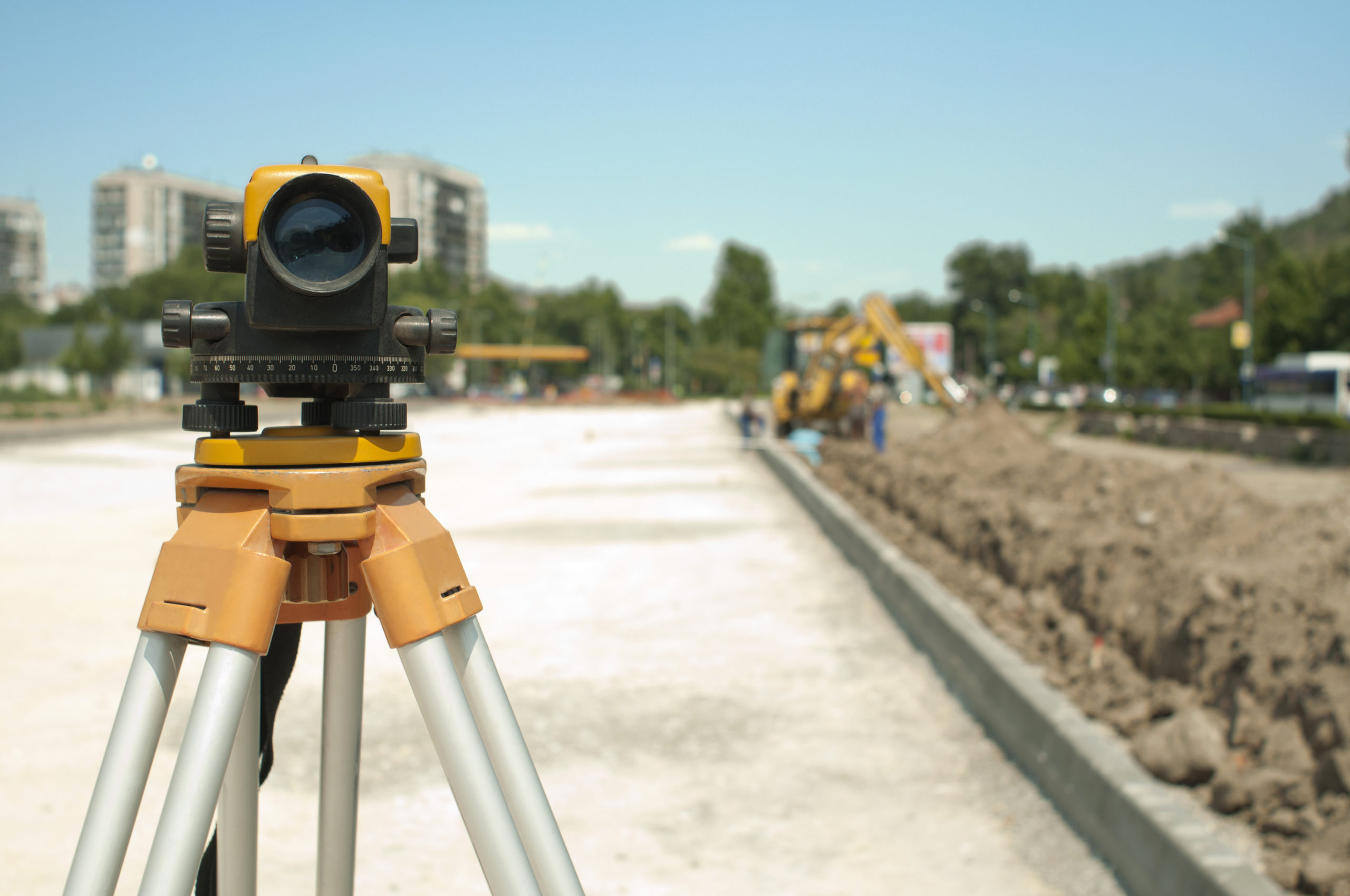We often forget the world that lives beneath our feet. Though it’s not the lost city of Atlantis, it is still an important part of why we are able to live the way that we do each and every day. Underground utility surveys help us to know exactly what lies beneath our feet.
When developers begin a project, knowing what is underground is of utmost importance. Being aware of buried infrastructure – such as pipes, cables, ducts, sewers, and drainage – ensures that projects can take place with reduced costs and maximized safety.
What is an Underground Utility Survey?
Underground utility surveys are similar to a typical land survey except, like the name suggests, underground. This particular survey determines the type of utility infrastructure that exists. Underground utility surveys are needed to pinpoint the exact location of utilities so that contractors can plan accordingly.
Without an underground utility survey, you run the risk of extra planning time, an increased risk of injury, and higher costs further down the line of the project. These types of surveys allow contractors to excavate confidently without fear of what they might run into.
Methods of Conducting Underground Utility Surveys
There are multiple underground utility survey methods. Radio Frequency Location (RFL) and Ground Penetration Radar (GPR) are the most popular.
RFL technology works by tracing the signals emitted by metal targets beneath the ground. It has two modes – passive and active. This method is used to determine the position and depth of the target and is most commonly used for collecting information on metallic fuel, vents, water pipes, electricity cables, telecommunication cables, and TV cables.
GPR technology is used to locate objects that are of a different material to the surrounding environment. This method isn’t as exact as RFL, but is useful for finding the location of objects that are not metal. This method is used to detect objects such as fiber optic cables, plastic gas, concrete, cable, non-metal vents, and water pipes, and any forms of clay pipes.
Are you starting a new project and need to know what utilities are underground? Give EDG a call and let us help!



